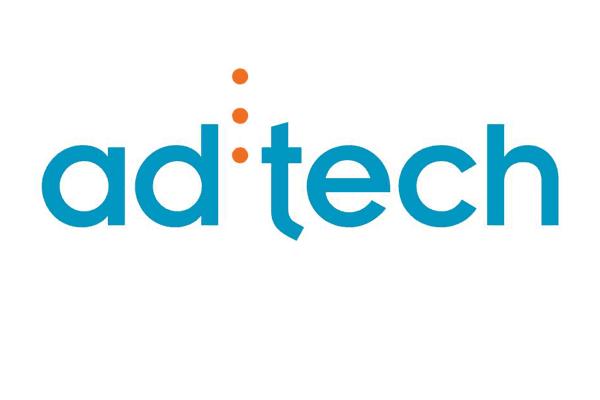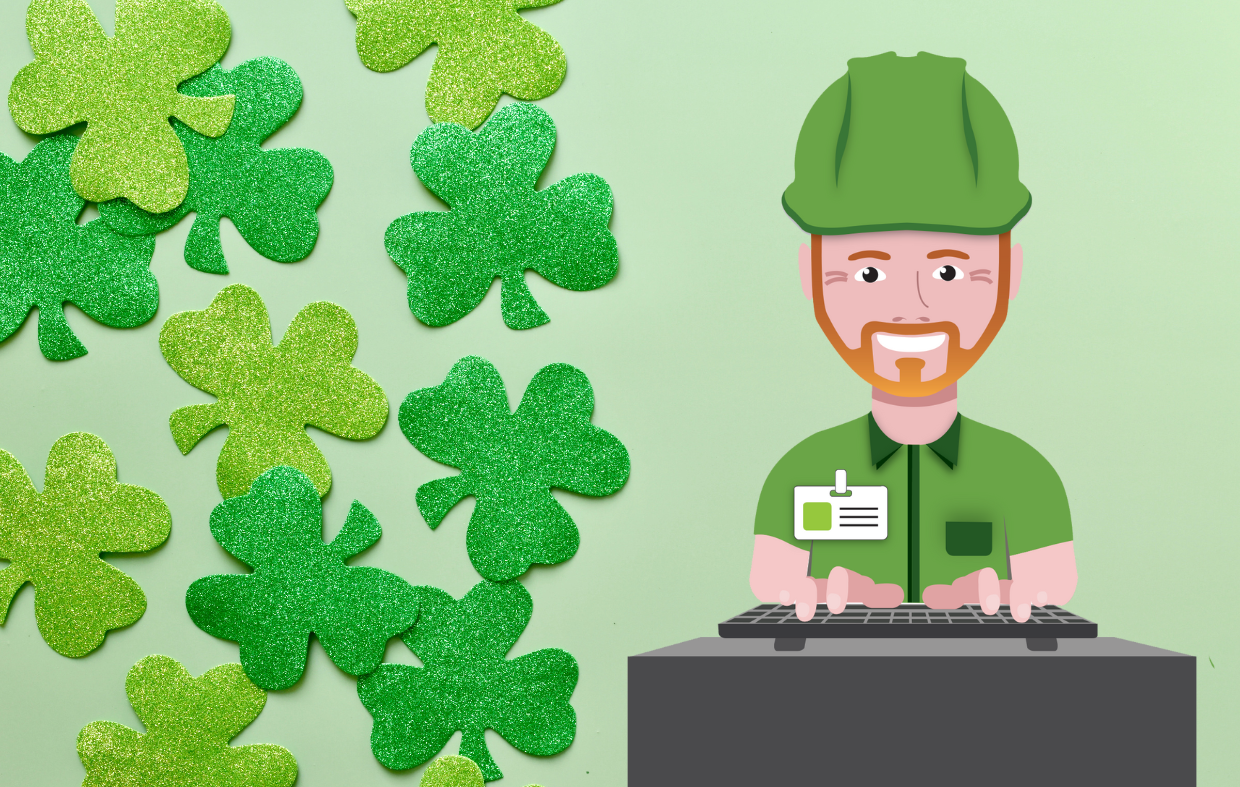
Ad Tech 2012 – Display Advertising, Attribution, Enews and Analytics
This past week I attended Ad Tech 2012 in San Francisco to get a dose of tech, networking and opinion on online advertising trends & tactics. While the show overall focused on b2c, its always invaluable to see where things are trending and how might some of this apply to b2b marketers. Here are some highlights and take-aways from 2 days of sessions, a couple keynotes and the exhibit halls.
The first keynote featured Lisa Utzchneider vp global ad sales for Amazon which she titled ‘It’s Day 1 for Advertisers’. Her talk was not about any new earth shattering tech that would re-set marketers efforts literally back to ‘day 1’, but the day-1 mentality they hold has yielded great success in the Amazon brands.
First off I guess it got by me that Amazon does a lot of work on custom campaigns for large brands selling on Amazon. They do not break the revenue out in this dept, and so she would not comment on how large this division of Amazon really is. But what was clear is the vast amount of segment data Amazon has compiled to assist advertisers. They were able to help Ubisoft who produced ‘Just Dance 3’ in that they could target both video game consumers by platform (XBox, Playstation, Wii, etc) and who also were specifically interesting in dancing by other buying habits (books, related products, videos, etc).
The formula for Amazon is simply Listen, Invent and Personalize – everyday. This is fundamental in growing their business and taking advantage of opportunities. They really listen to their customers- all the time. Its not about interpreting VOC (voice of the customer) to mold to some other corporate goal as many companies do. Its taking feedback both direct and indirect that will drive invention and customization. The Amazon recommendation engine is the best example of this. When you hit the site you see your name and recommendations for you personalized based on prior buying habits. They listened to what folks wanted, invented their own engine and rolled this out to customers in a very personal way.

Amazon owned brands
Who would have thought in 1997, or 2003 for that matter they would be in the tablet business? Amazon was relegated to the dot bomb category, but a constant formula is at work that has propelled Amazon as a top player.
Amazon then takes the innovation in personalizing to developing great products and great product service. And the core with anything they do is a ton of data analysis. The return has to be measurable and the ROI clear. Its why you also don’t see much TV advertising on their behalf. In their mix, the investment just does not validate the return.
Amazon also asks not just whats around the corner with tech, but strategically whats going to be the same in 10 years? People are going to want to find the best prices and obtain products in a timely way (think of their Prime membership – free 2 day shipping). To summarize, there is a core in human behavior that will remain constant while the technology gives way to great products and services. And I did not even mention their cloud services and a whole lot of businesses they own.
During one session on marketing mix, Glamour mag detailed their program with a group of advertisers on a custom type QR code to allow print readers further engagement online. What has been working best is easy access (mobile optimized) to the product details (video, application, style) and then discounts to ‘buy now’. Social media ‘likes’, sharing and engagement was also a big part of the code program. So a reader compelled by a eyeliner product, can see more online, interact with the product and then very easily click to buy at a discount.
For a lot of b2b marketers buying in the industrial space, you may wonder about the application, but a lot can be gleaned. If using QR codes, ensure the follow on online is completely relevant to the product, service or message on page. Be sure the content is mobile optimized and think about ease of use / access: watching a video, requesting more information or ordering product samples if relevant. A tie in here is using whats coined the Social Graph to allow a user to login or register with a Linkedin or Facebook account as example versus creating yet another account with a specific vendor. The benefit for the user is ease of access and a good amount of data can be accessed from their profile.
On the b2b front Cisco worked with Linkedin to gain access to providing emails to C-Level executives in very specific markets. I don’t think Linkedin has  done much of this, But I expect to see more emails in my Linkedin inbox on behalf of advertisers in the near future. In the Cisco case study the emails yeilded a 14% open rate and a 4.5% CTR. Cisco was allowed to associate a companion ad featuring a video. Main take away is using social media opportunities to reach your target market – analogous to SEO – spend to develop organic search results or buy adwords, or both. If you have not developed much in the way of your own groups and communities, look for more opportunities to spend with the likes of Linkedin, Facebook and others.
done much of this, But I expect to see more emails in my Linkedin inbox on behalf of advertisers in the near future. In the Cisco case study the emails yeilded a 14% open rate and a 4.5% CTR. Cisco was allowed to associate a companion ad featuring a video. Main take away is using social media opportunities to reach your target market – analogous to SEO – spend to develop organic search results or buy adwords, or both. If you have not developed much in the way of your own groups and communities, look for more opportunities to spend with the likes of Linkedin, Facebook and others.
There were good sessions on Email delivery with a big focus on mobile. The new mouse is your finger, and email should be monitored for mobile users and optimizing those emails for a mobile audience. With Design World enews and others, we’ve always optimized for mobile devices, but my takeaway on our development will be to take to a step further with separate custom enews, buttons blown out with the iPhone and Android smart phones in mind to make it even easier to click on features and offers.
By far for me the most interesting session was on display ad Attribution. If new to Attribution, its a way of analyzing data and giving credit to where credit is due when someone converts along a buy cycle. The most dominant ad display model is known simply as ‘last click’ and most marketers have figured out its too simplistic and flawed when analyzing buying behavior. As example, a person will go online, do some research, perhaps see something on TV or in a print ad, talk to some friends and then finally decide to buy. The buying process is not in most cases very linear. In many examples the last stop is Google, where the user forgot a web address so a quick search brings up a link and then the person buys something. Google gets all the credit as they were the last-click.
In this example its tough to track everything of course (off-line, print) but its very possible to track multiple on-line offers to model a more accurate picture of what really influenced a buyer. Many facets in consumer ad buying now include services that specialize in complex algorithm development and heavy statistical analysis to find the best place to put an offer online that has most impact. This modeling is having far reaching implications for ad buyers and publishers, for now mainly in the very large volume b2c space. Exchanges are popping up that allow real-time bidding and space buying down to a single impression on a specific website through an affiliate network. This is enabled via a plethora of cookie data stored on your computer, where the exchanges try to predict that you maybe open to a travel offer, say based on previous visits to travel booking sites and a jungle safari clothing outfitter. Companies can avoid bulk buying in the usual CPM model and bid specifically for the highest impact. Its retargeting and bidding on virtual real-estate with a lot of complex predictive modeling.
Now what I found interesting through all this data analysis, is it makes you look at CTR% in a different light on banner ads.
Several case studies found that a program of display advertising, Enews and other online offers (watch a video, social media tie-in) gave significant lift to conversion rates compared to campaigns that were straight keyword buying. In one case conversions from a publisher site was up 22% when display and enews programs were used in conjunction with buy offers versus the same campaign without. It was a real test where the agency and data modeling company turned all other programs off and went straight for an offer (think a singular Google PPC program). The point is that often marketers will look at what Google adwords delivered (last-click model) and then cut the rest of their budgets in favor of Google only. The risk is over-simplifying the buying process and path for a customer and by eliminating supporting campaigns it reduces the efficacy of the original program. Now these case studies were on 90 day + buy cycles and the longer the buy cycle, the more flawed the last-click model is for your business, especially for industrial critical components and systems where 2+ years can be common timeframe in the design cycle. The focus on display offers can then can ‘lift’ and benefit a complete program. The impression of the offer along with consistent content and branding will have significant effect when the design cycle does open and a buyer is ready to buy.
We’ve been big proponents of packages and surrounding users with content on their terms – gaining trust, being a thought leader and offering great content. The work being done now on Attribution is backing that up statistically although it will be sometime before realtime ad bidding is part of most marketers toolboxes. In the meantime a full program to reinforce buy offers will result in better conversion rates and recognition.
My favorite comment of the event was during a keynote tech chat between Guy Kawasaki and Robert Scoble. Scoble is Rackspace ‘start-up liasion’ tech geek and Kawasaki is founder of Alltop.com and previous was chief evangelist at Apple. Kawasaki is a busy guy and was asked how he juggled family, business and technology. He replied that he doesn’t consider himself the smartest guy by any means, just passionate and willing to work hard – very hard.
“I’m just willing to go out there and grind it out. Simple as that.”
I couldn’t have said it better.
Overall the exhibit halls were dominated by affiliate ad networks, mobile developers, ad exchange services, some SEO, analytic companies and app developers. Google was a sponsor but was surprised somewhat they did not exhibit. Overall a good event showing direction in advertising technology and some good ideas to apply to the world of b2b marketing.



Leave a Comment
You must be logged in to post a comment.